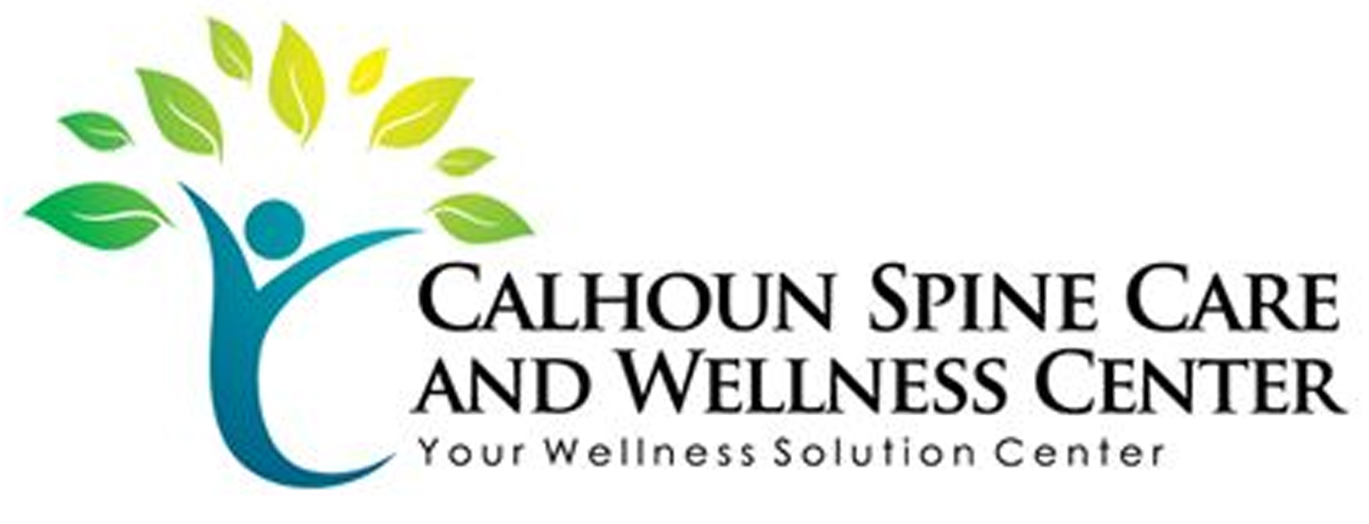If you're dealing with sciatica pain in Calhoun, understanding the condition and its management options is essential for finding relief. You might consider a mix of physical therapy, targeted exercises, and simple lifestyle changes that can make a significant difference. While home remedies like heat and cold therapy can provide immediate comfort, there's more to explore. What if alternative treatments could offer even greater benefits? As you navigate through these options, you'll discover practical strategies tailored to your needs.
Understanding Sciatica Pain
Understanding sciatica pain starts with recognizing its origins and symptoms. Sciatica isn't just a term for back pain; it specifically refers to discomfort along the sciatic nerve, which runs from your lower back down to your legs. When this nerve gets compressed or irritated, you might feel sharp, shooting pains that can travel down your thigh and into your calf. You may even experience numbness, tingling, or weakness in your leg or foot.
Several factors can contribute to sciatica pain. Herniated discs, spinal stenosis, or degenerative disc disease are common culprits. These conditions can create pressure on the sciatic nerve, causing that agonizing pain you're trying to avoid.
Additionally, prolonged sitting or poor posture can exacerbate your discomfort. If you've been inactive for a while, you might notice symptoms worsening after extended periods of sitting or standing.
Recognizing these triggers is vital for managing your pain. It's important to pay attention to your body and how it reacts to various activities.
Furthermore, your lifestyle choices, such as obesity or lack of exercise, can also play a significant role. You might find that maintaining a healthy weight and staying active can help alleviate some of your discomfort.
Effective Physical Therapy Options
If you're dealing with sciatica pain, exploring effective physical therapy options can greatly improve your situation. Physical therapy aims to reduce pain, enhance mobility, and prevent future flare-ups. A trained therapist will assess your specific needs and develop a personalized plan.
Here are some effective options you might consider:
- Manual Therapy: Techniques like massage and manipulation can relieve tension and improve blood flow to the affected areas.
- Stretching Exercises: Tailored stretches can help improve flexibility and reduce muscle tightness, easing pressure on your sciatic nerve.
- Strengthening Exercises: Building core strength supports your spine and can prevent further injury, making it vital in your recovery journey.
- Heat and Cold Therapy: Alternating between heat and cold packs can reduce inflammation and improve circulation, providing relief from pain.
- Posture and Body Mechanics Training: Learning proper posture and body mechanics can prevent strain on your back and legs, which is essential for long-term management of sciatica.
Working with a physical therapist can empower you to take control of your sciatica pain. They'll guide you through safe exercises and monitor your progress, ensuring you stay on track.
Remember, consistency is key. By committing to your physical therapy program, you can experience significant improvements in your overall well-being and quality of life.
Don't hesitate to reach out to a local therapist in Calhoun who specializes in sciatica for tailored support and guidance.
Home Remedies and Exercises
When sciatica pain flares up, turning to home remedies and exercises can help you manage discomfort effectively. Start by applying a cold pack to the affected area for the first 48 hours. This can reduce inflammation and numb the pain.
After that, switch to heat therapy, like a warm towel or heating pad, to relax tight muscles and improve blood circulation.
Gentle stretches can also make a significant difference. Try lying on your back and pulling your knees toward your chest. Hold this position for 20-30 seconds, then release.
Another effective stretch is the piriformis stretch. While sitting, cross one leg over the other and gently pull the knee toward your opposite shoulder. Hold for 20-30 seconds and switch sides. These stretches can alleviate pressure on the sciatic nerve.
Additionally, consider incorporating low-impact exercises into your routine, such as walking or swimming. These activities promote blood flow and can help strengthen your back and core muscles, providing better support for your spine.
Remember to listen to your body and avoid any movements that cause more pain.
Lastly, don't underestimate the power of proper posture. When sitting, make sure your back is straight and your feet rest flat on the floor. Using supportive chairs can make a big difference.
Lifestyle Changes for Relief
Incorporating lifestyle changes can considerably enhance your ability to manage sciatica pain. By making simple adjustments in your daily routine, you can reduce discomfort and improve your overall quality of life.
Here are some effective changes you can implement:
- Stay Active: Engage in low-impact exercises like walking or swimming to keep your body moving without putting too much stress on your back.
- Maintain Good Posture: Be mindful of how you sit, stand, and move. Proper posture minimizes strain on your spine and can alleviate pressure on the sciatic nerve.
- Improve Your Sleep Environment: Choose a supportive mattress and use pillows to maintain proper spinal alignment while you sleep. This can help reduce pain during the night and improve your rest.
- Manage Stress: High stress levels can exacerbate pain. Consider incorporating relaxation techniques such as meditation or deep breathing exercises to help manage your stress.
- Watch Your Weight: Maintaining a healthy weight can relieve extra pressure on your spine and sciatic nerve. Focus on a balanced diet and regular exercise to achieve this.
Alternative Treatment Approaches
Exploring alternative treatment approaches can provide you with additional options to manage sciatica pain effectively. Many people find relief through techniques that complement traditional medical treatments.
One popular method is acupuncture. This ancient practice involves inserting thin needles into specific points on your body, which can help alleviate pain and improve overall function.
Chiropractic care is another effective alternative. Chiropractors use hands-on spinal manipulation and other techniques to align your body's musculoskeletal structure. This alignment can relieve pressure on the sciatic nerve, often leading to significant pain relief.
Physical therapy is also a smart choice. A physical therapist can design a personalized exercise program that strengthens your back and core muscles, improving flexibility and reducing the risk of future pain. You'll learn specific stretches and exercises that target the underlying issues contributing to your sciatica.
Massage therapy can offer immediate relief as well. By targeting tense muscles and improving circulation, massage can help reduce pain and promote relaxation.
Additionally, consider exploring herbal remedies and supplements, like turmeric or omega-3 fatty acids, which may have anti-inflammatory properties. Always consult with a healthcare professional before starting any new treatment to verify it's safe for you.
Lastly, mindfulness practices such as yoga and meditation can help you manage pain by reducing stress and increasing your body's awareness. By incorporating these alternative approaches into your routine, you may find a more effective way to manage your sciatica pain.
Conclusion
In managing your sciatica pain in Calhoun, remember that a combination of physical therapy, targeted exercises, and lifestyle changes can make a significant difference. Incorporate home remedies and consider alternative treatments to find what works best for you. Stay proactive about your health by maintaining good posture and a healthy weight. By taking these steps, you can enhance your overall well-being and enjoy a more active, pain-free life. Don't hesitate to seek professional guidance when needed!



